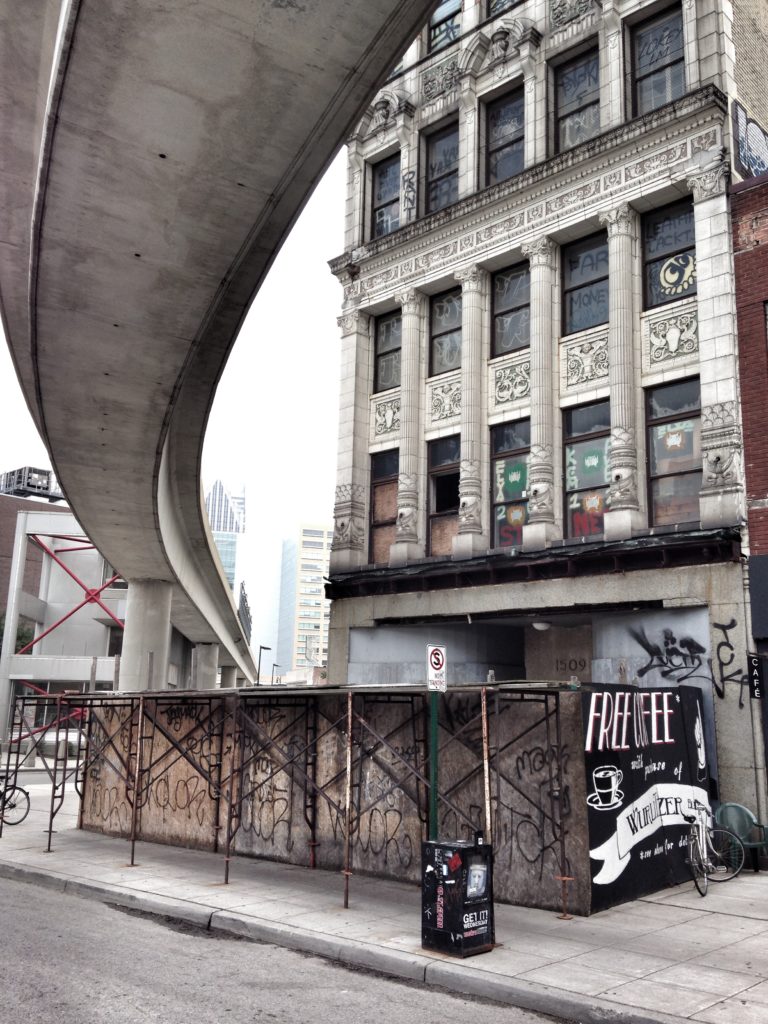
Palaces for the People: Guastavino and the Art of Structural Tile is a major exhibition exploring the innovations the Guastavino Fireproof Construction Company (1889-1962) brought to the science and art of building. Ellis Island’s Registry Room, Carnegie Hall, the Bronx Zoo’s Elephant House, and Grand Central Terminal all contain Guastavino vaults. The system of structural tile vaults developed by the Guastavinos-lightweight, fireproof, low-maintenance, and capable of supporting significant loads-was used by leading architects of the day, including McKim, Mead & White and Carrere & Hastings. Throughout the five boroughs are more than 200 long-overlooked marvels of engineering and architectural beauty-the interlocking tile vaults built by Spanish immigrants Rafael Guastavino, Sr.

This is an engrossing, timely, hopeful read, nothing less than a new lens through which to view the world and its current conflicts.Discover the Guastavinos' contribution to some of America's greatest public spaces. If America appears fractured at the national level, the author suggests, it can be mended at the local one. In six nuanced, thematic chapters, blending academic research, interviews, and personal narrative, Klinenberg presents social infrastructure as the neglected building block of a healthy civil society. In Houston, a multiracial group of churchgoers uses Facebook to distribute supplies in the aftermath of Hurricane Harvey. At a public library in Manhattan, visitors learn to associate with all kinds of people, including rowdy children or homeless patrons. Yet collectively, such features can improve individuals’ lives and strengthen community in profound ways.


From parks and playgrounds to churches and cafés, social infrastructure encompasses “the physical places and organizations that shape the way people interact.” Social infrastructure can be mundane: a sidewalk in front of a day care, for example, gives waiting parents a place to exchange child-rearing advice.

Renowned sociologist Klinenberg ( Going Solo, 2011) discerns a critical and overlooked source of many of America’s ills, from inequality to political polarization and social fragmentation: the deterioration of the nation’s social infrastructure.


 0 kommentar(er)
0 kommentar(er)
